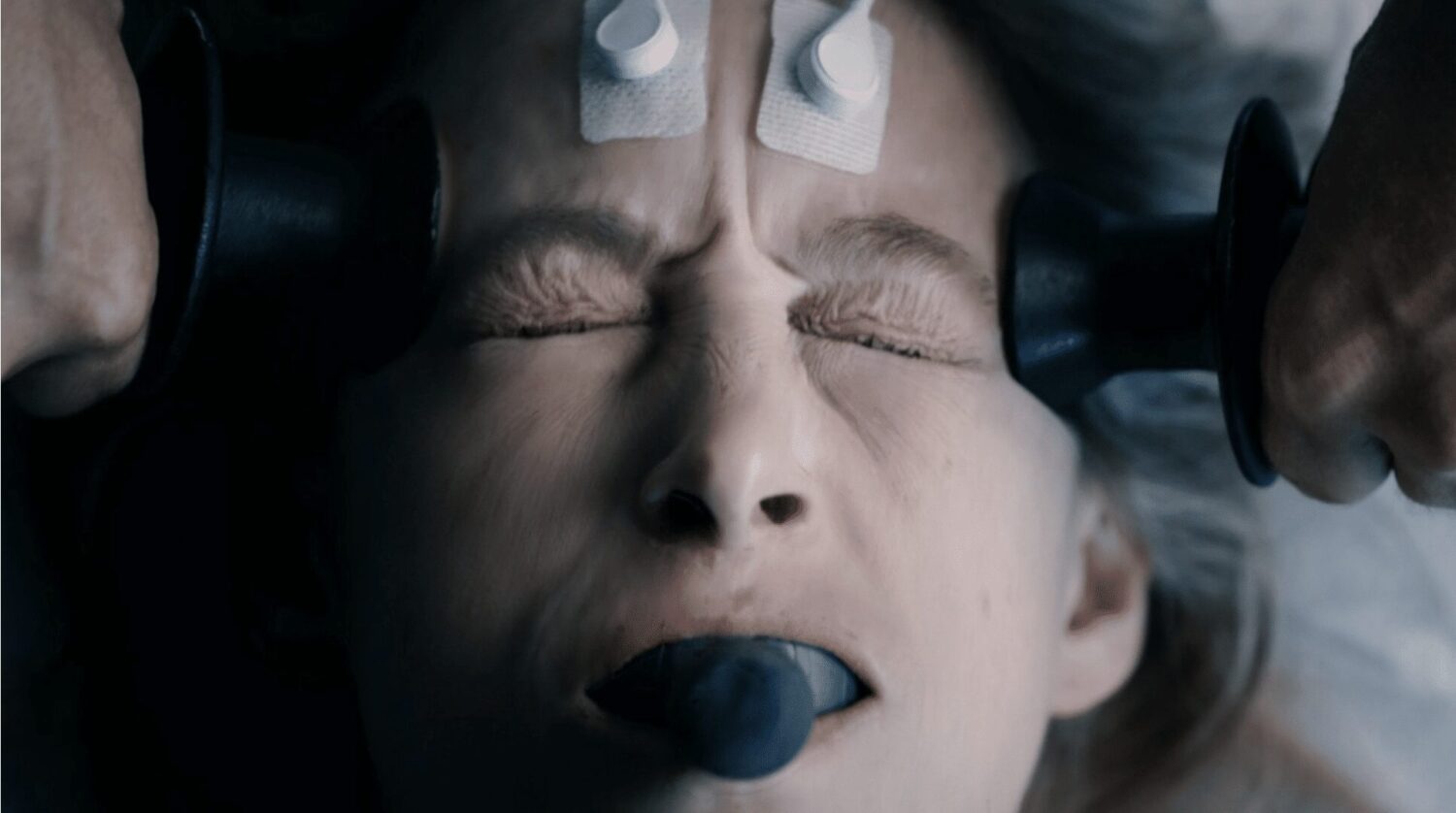“Since the escalation of the war, at least 501 children have been killed,” said UNICEF Executive Director Catherine Russell. “This is another tragic milestone for Ukraine’s children and families.”
OHCHR’s latest update recorded 765 civilian casualties in Ukraine, from 1 to 31 March, which included 178 deaths and 587 injuries.
Since the invasion on 24 February 2022 to 2 April 2023, the Office recorded 22,607 civilian casualties: 8,451 deaths and 14,156 injuries.
“These figures are just the tip of the iceberg,” said the UN High Commissioner for Human Rights Volker Türk. “Most of the casualties resulted from the Russian forces’ use of wide-impact explosive weaponry in residential neighbourhoods.”
Addressing the Human Rights Council on Friday, he said international law is being violated daily, adding that his Office has documented such crimes as summary executions, enforced disappearances, sexual violence, and other grave violations.
‘Behind every number is a family torn apart’
UNICEF’s Executive Director said children and families in Ukraine are “paying the highest price for this brutal war”.
“Behind every number is a family torn apart and changed forever; it’s heart-wrenching,” she said.
In response, UNICEF is providing children with critical assistance, including psychosocial care and support. UNICEF analysis suggests the percentage of children living in poverty has almost doubled from 43 per cent to 82 per cent. The situation is especially acute for the 5.9 million people who are currently displaced within Ukraine.
Meanwhile, children and families’ access to basic services have been severely curtailed. An estimated 1.5 million children are at risk of depression, anxiety, post-traumatic stress disorder, and other mental health issues, with potential long-term effects and implications.
More than 800 health facilities are reported to have been damaged or destroyed by shelling and airstrikes.
A nine-year-old boy helps his mother clear rubble from their heavily damaged home.
Thousands fleeing the conflict
Thousands of children fleeing the conflict across Ukraine are missing vital vaccines to protect them from polio, measles, diphtheria, and other life-threatening diseases, UNICEF said.
Since the start of the war, the agency, with the international community’s support, has provided learning supplies to 1.8 million children and engaged over 2.5 million children in education programmes.
UNICEF has also provided such assistance as mental health and psychosocial support to 4.6 million children and caregivers, gender-based violence response services to 725,000 women and children, access to safe water for 5.6 million people, healthcare services to 5.4 million, and multi-purpose cash assistance to 277,000 households inside Ukraine and in refugee-hosting countries.
‘Peace cannot come soon enough’
“Ultimately, children and families need peace; it cannot come soon enough,” Ms. Russell said. “War is always the worst enemy of children, whether in Ukraine, or countless other conflicts around the world.”
Every child, no matter where they live, deserves to grow up in a peaceful environment, she said.
“No child should experience a childhood scarred by violence and fear,” she added.
The impact of war in Ukraine on children’s mental health I UNICEF














